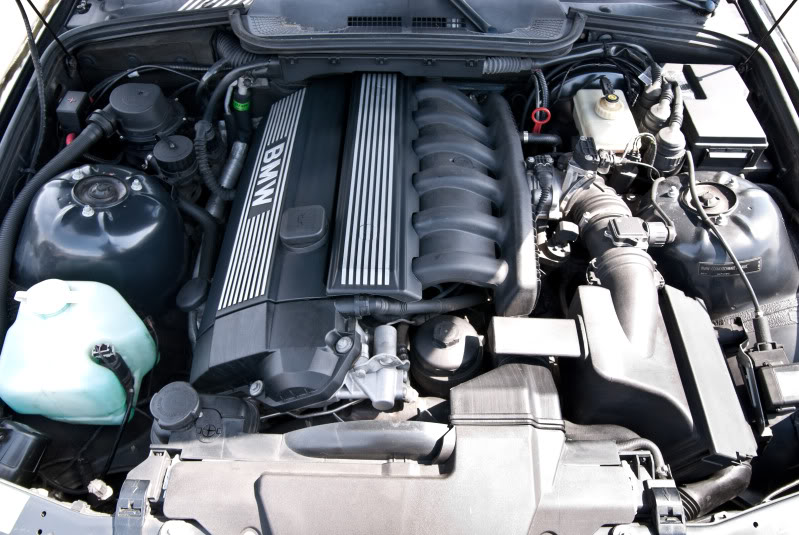Performance cars need to increase the number of cylinders driving the crankshaft to boost the engine’s performance. When it comes to arranging a six-cylinder engine, they can come in either a straight-line arrangement, called the straight or inline-six, or a V-6, when arranged in a V-shaped arrangement.
Each engine has its own standpoint and despite having the same number of cylinders, each arrangement comes with its own pros and cons.
Straight / Inline Six Engines

Straight-six engines are the older configuration out of the two and gained hype after their implementation in the Toyota Supra (1JZ), Nissan GTR (RB26), and the BMW Z4 M40i. Straight-six engines got great love and support from enthusiasts in that period due to their distinguishing traits.
PROS
- Simple Design
The inline-six configuration was and is still valued due to its rather simple design. It is easier to manufacture, as its design matches that of an inline four, with just two more cylinders. It mostly comes with two camshafts and 24 valves. It allows mechanics and enthusiasts to understand and work on the engine with much more ease.
- Smoothness
The inline-six configuration offers unparalleled smoothness due to its very arrangement and firing order. I6 engines have a firing order of 1-5-3-6-2-4, which allows a symmetric movement of pistons about the center of the engine. This reduces the number of primary and secondary forces produced in an engine. Due to this factor, some I-6 enthusiasts also claim these engines have better-sounding exhausts, but that can be termed a subjective opinion.
- Customizability
An I-6 engine is rather slimmer and taller in the engine bay, hence leaving a considerable amount of space at its sides. It can be used to add up turbos and superchargers to increase its output even further. This extra space also provides an easier work environment for mechanics.
CONS
- Longer In size
Packing six cylinders in a linear arrangement causes this engine to be longer. But their long size makes them harder to fit in engine bays and leaves less space for transmission and accessory belts.
- Taller in dimensions
To adjust to its longer size, usually, its bore size is cut down a bit and accommodated in increased stroke length. But this causes them to be taller in dimensions now and raises the center of gravity of the front of the car. Which can make the car feel heavier on turns.
V6 Engines

V6 engines were later developed, and they offered an arrangement consisting of a set of 3 cylinders offset to each other at 60 or 60 degrees attached to the same crankshaft. This arrangement helped manufacturers pack more power into engines with a smaller overall form factor.
PROS
- Compact Design
A V arrangement of cylinders offers a compact engine, which can be easily packed by a manufacturer in their car without many adjustments in the chassis. This allows manufacturers to produce performance versions of their normal sedans without much alterations.
CONS
- Vibrations
A V-6 engine has unbalanced primary and secondary forces that cause considerable vibrations. These vibrations are then dampened by using counterweights attached to the crankshaft. It adds up to the complexity of the engine.
- Complexity
V6 engines tend to be complex in their design and are very densely packed. They have an expanded set of components, typically four camshafts along with 24 valves. This makes them difficult to work on by mechanics.
- Customizability
V6 engines tend to be a bit wider than inline engines; hence, leave a lesser space around in the engine bay to attach turbos and superchargers. Still, many manufacturers couple them with even biturbo chargers, but they tend to be difficult to work on by mechanics.
Newer cars have adopted the V6 configuration due to the huge amount of power they can provide despite their compact form factor. However, development has been done in the I-6 engines in the form of the Mercedes M256 and BMW’s B58B30 due to the unparalleled smoothness offered by this configuration.



Very helpful for understanding the basics of V6 and I6 engines.
Hi Rod,
Thanks for your appreciation and many thanks for reading our blog.
Have a great day!
Regards,
AutomotivesBlog Staff